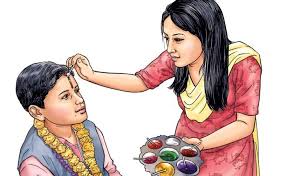
Kathmandu, October 23: Bhai Tika also known as Yamapanchak is being celebrated across Nepal today (Thursday). On this day, sisters apply colorful tika (seven-colored mark) on the foreheads of their brothers, wishing them long life, good health, and prosperity, while expressing love, faith, and devotion.
The festival, observed annually on the second day of the waxing moon in the month of Kartik, marks the fifth and final day of Tihar. This year due to an extended lunar calendar (tithi vriddhi) the festival is bein observed on the sixth day of the Tihar festival, according to the Nepal Panchang Nirnayak Samiti (Calendar Determination Committee). Although Tihar is traditionally a five-day festival, this year, it has prolonged for one more day.
After the sisters apply tika, brothers also place tika on their sisters’ foreheads in return. According to religious scriptures, worshiping one’s brother or sister during Bhai Tika brings eternal fortune and prosperity, said Professor Dr. Devmani Bhattarai, a member of the Panchang Committee.
While the ritual can be performed throughout the day, the most auspicious time for applying tika this year is 11:39 a.m., according to the committee’s chairperson, Professor Shambhu Prasad Dhakal. This year, sisters are advised to face east while applying tika, and brothers should face west, so that the moon in Libra (Tula Rashi) remains in front—a practice believed to enhance auspiciousness in religious ceremonies.
Before performing tika, devotees worship lamps, the kalash (sacred vessel), and Lord Ganesh, followed by prayers to eight immortals (Ashta Chiranjivi): Markandeya, Ashwatthama, Bali, Vyas, Hanuman, Vibhishana, Kripacharya, and Parashurama. Offerings are also made to Chitragupta, Yamaraj, Yamuna, Dharmaraj, Ganapati, various deities, plants, and the nine planets (Navagraha). Sisters then decorate their brothers with mala (garlands) made of marigold, globe amaranth, and chrysanthemum flowers, and apply five or seven-colored tika as per tradition.
Although seven-colored tika has become popular in recent years, religious expert Bhattarai clarified that scriptures traditionally mention five colors—red, white, yellow, green, and blue—for the tika used during Tihar.
After the tika ceremony, sisters offer their brothers traditional foods such as sel roti (sweet rice bread), nuts, and fruits, while brothers present gifts, clothes, or money as symbols of respect and affection.
For those without brothers or sisters, the Bal Gopaleshwar Temple at Rani Pokhari in Kathmandu opens to the public only once a year on Bhai Tika day. Individuals without siblings visit the temple to perform puja, receive tika, and offer prayers in honor of the festival’s spirit of sibling love and togetherness.
People’s News Monitoring Service.





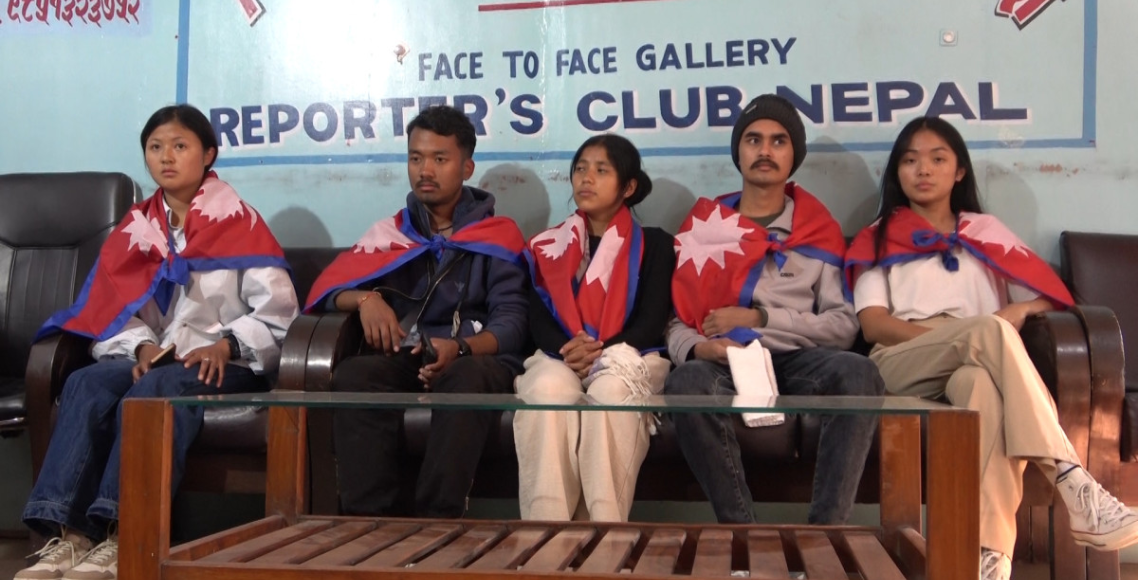

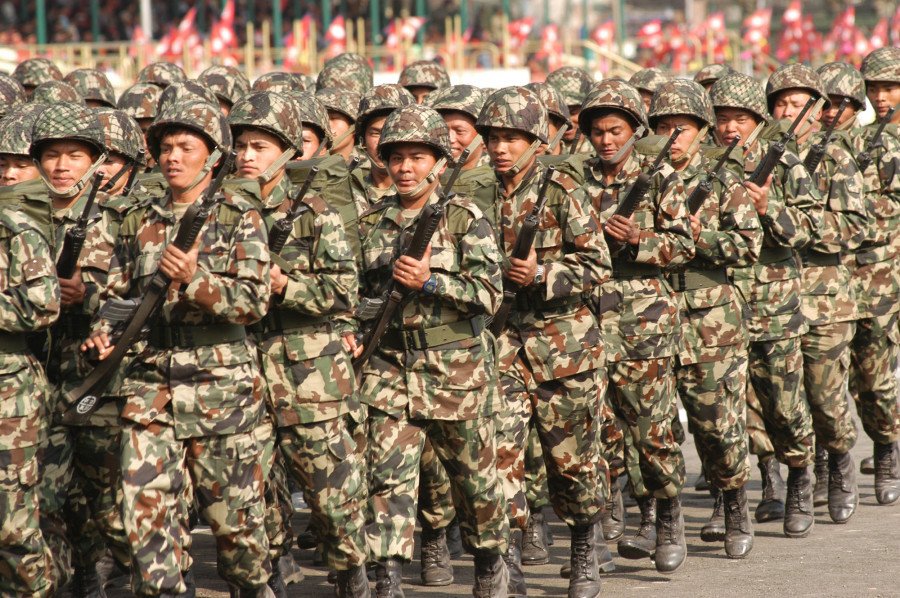
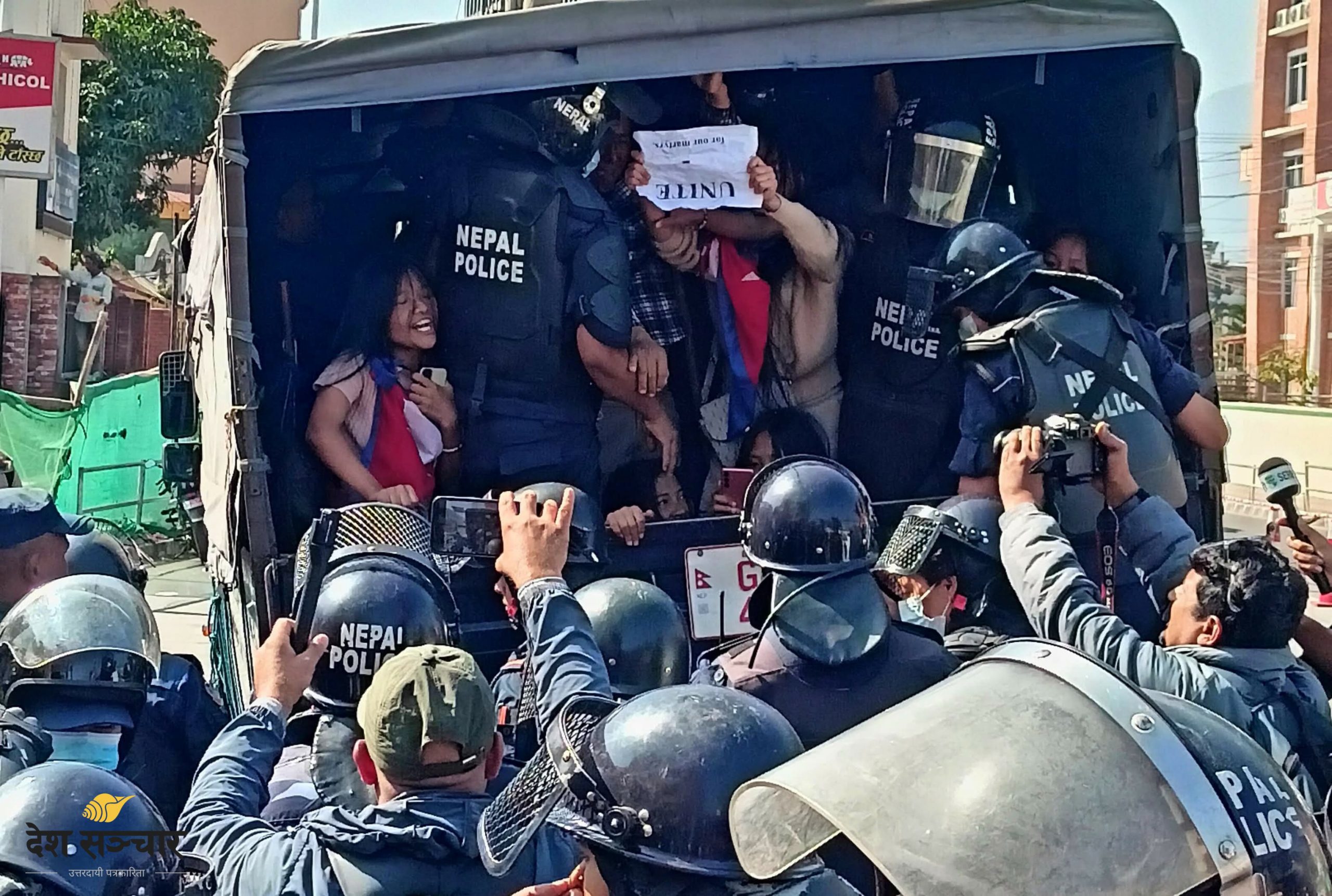
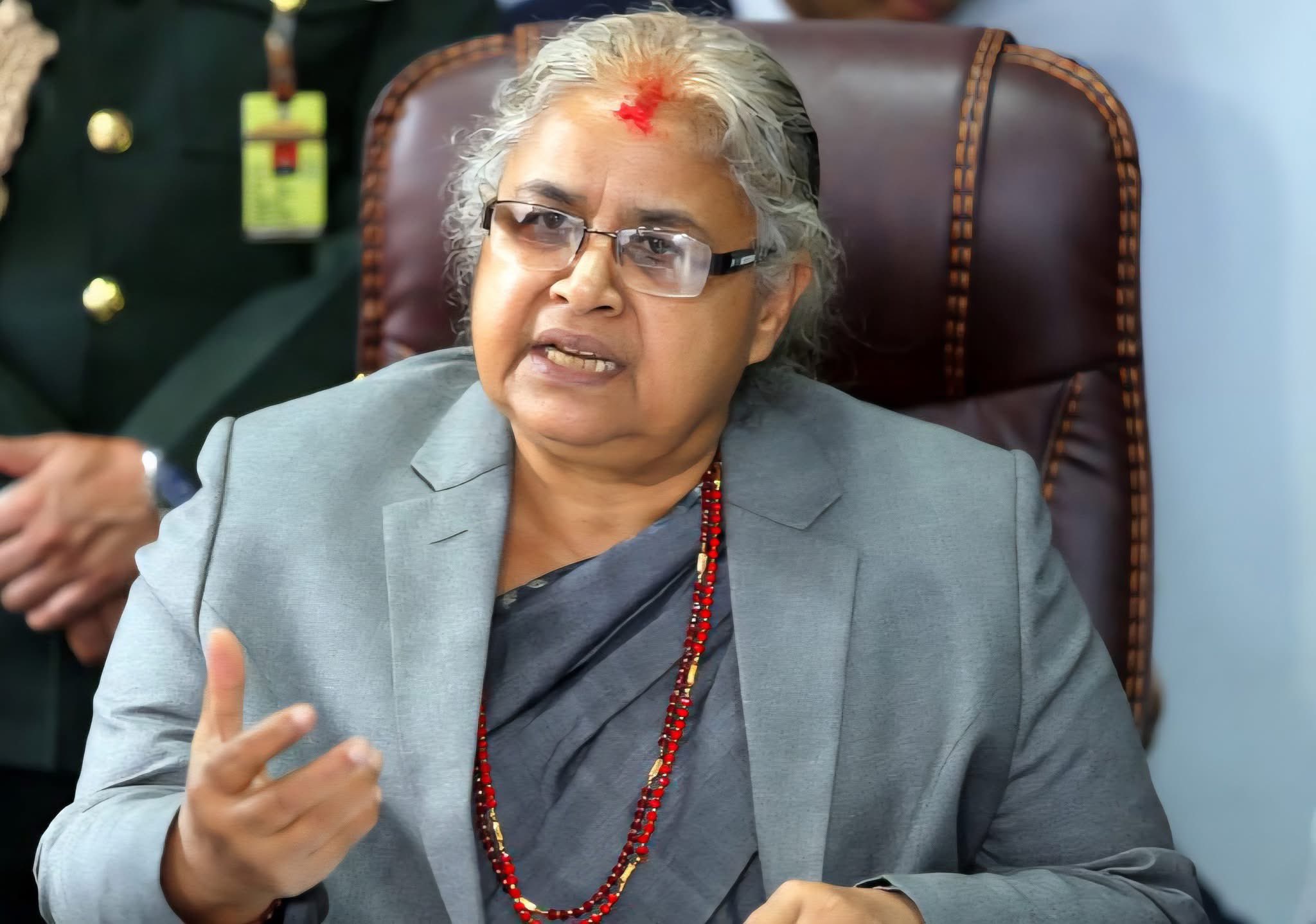

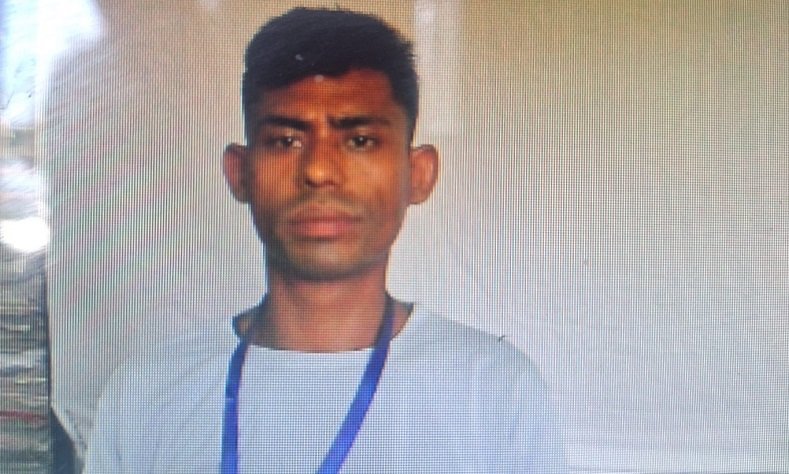
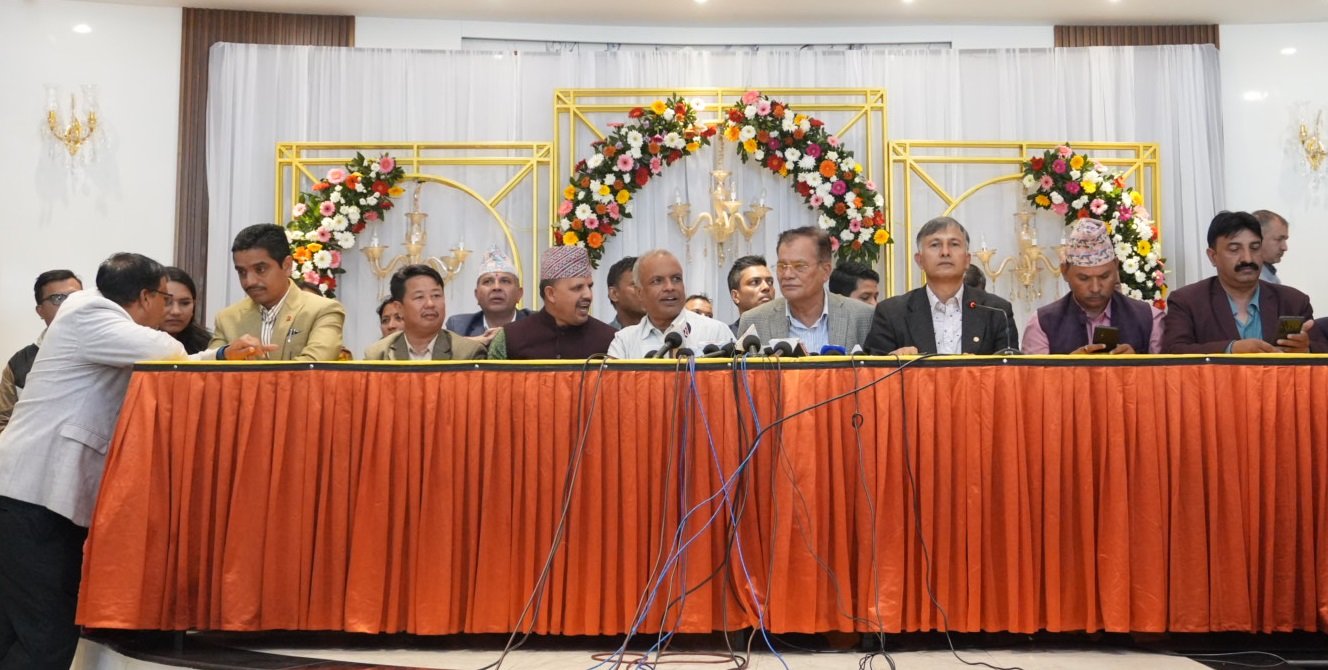

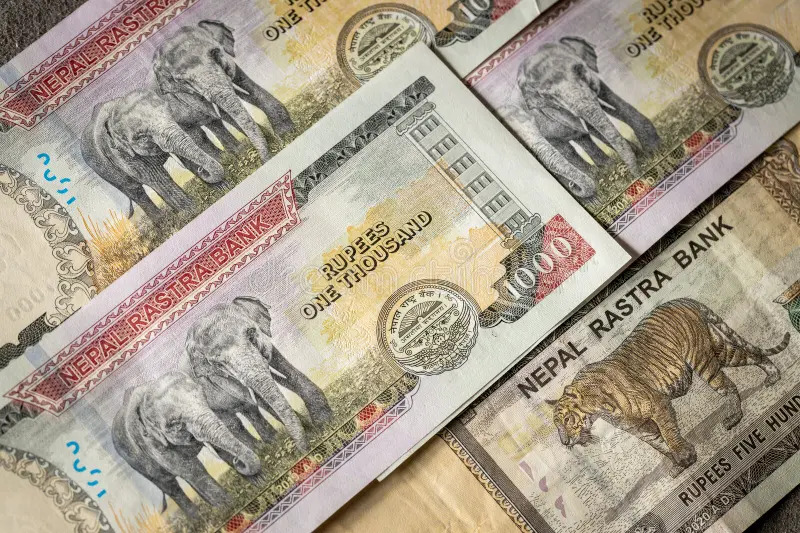



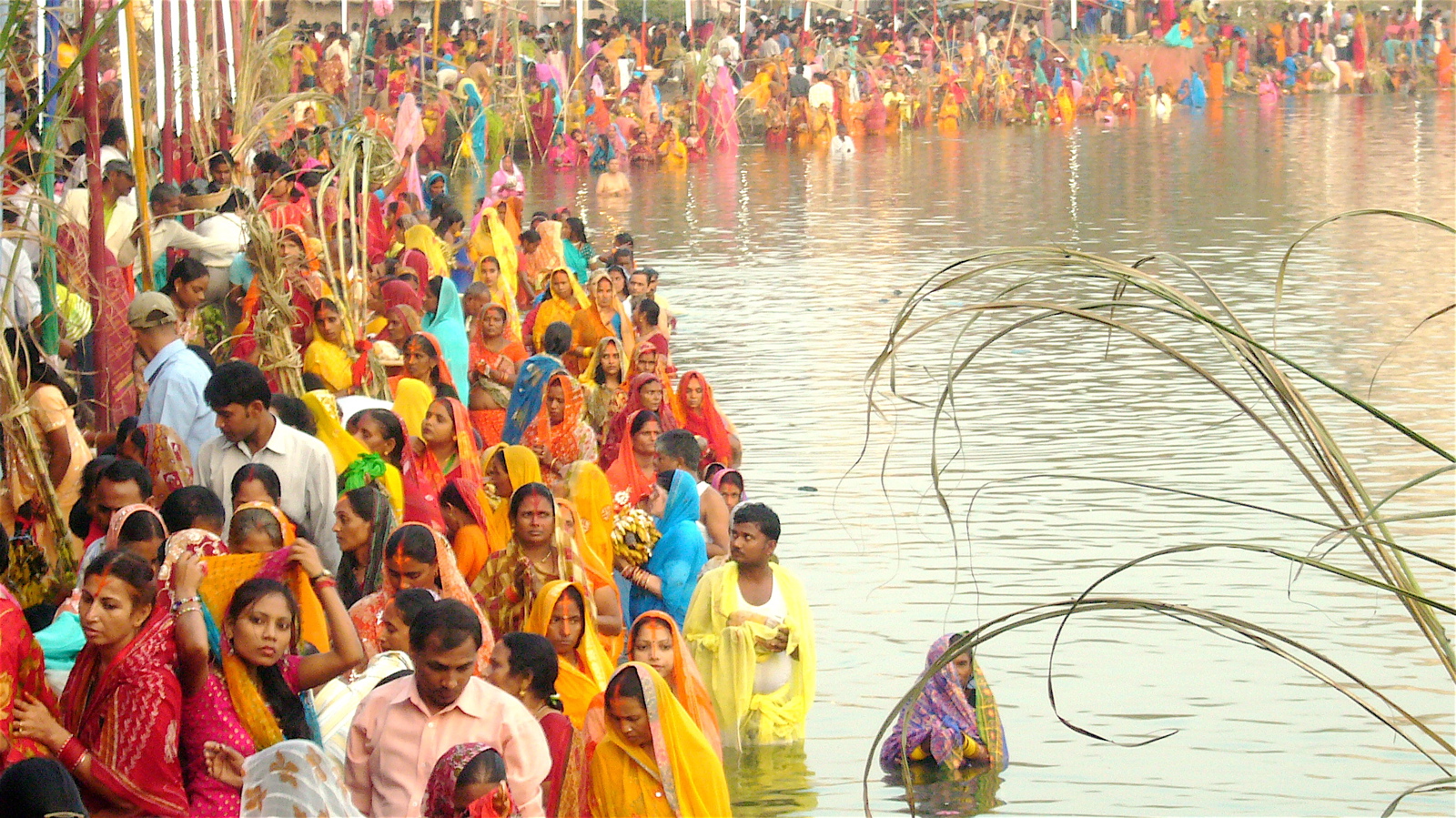
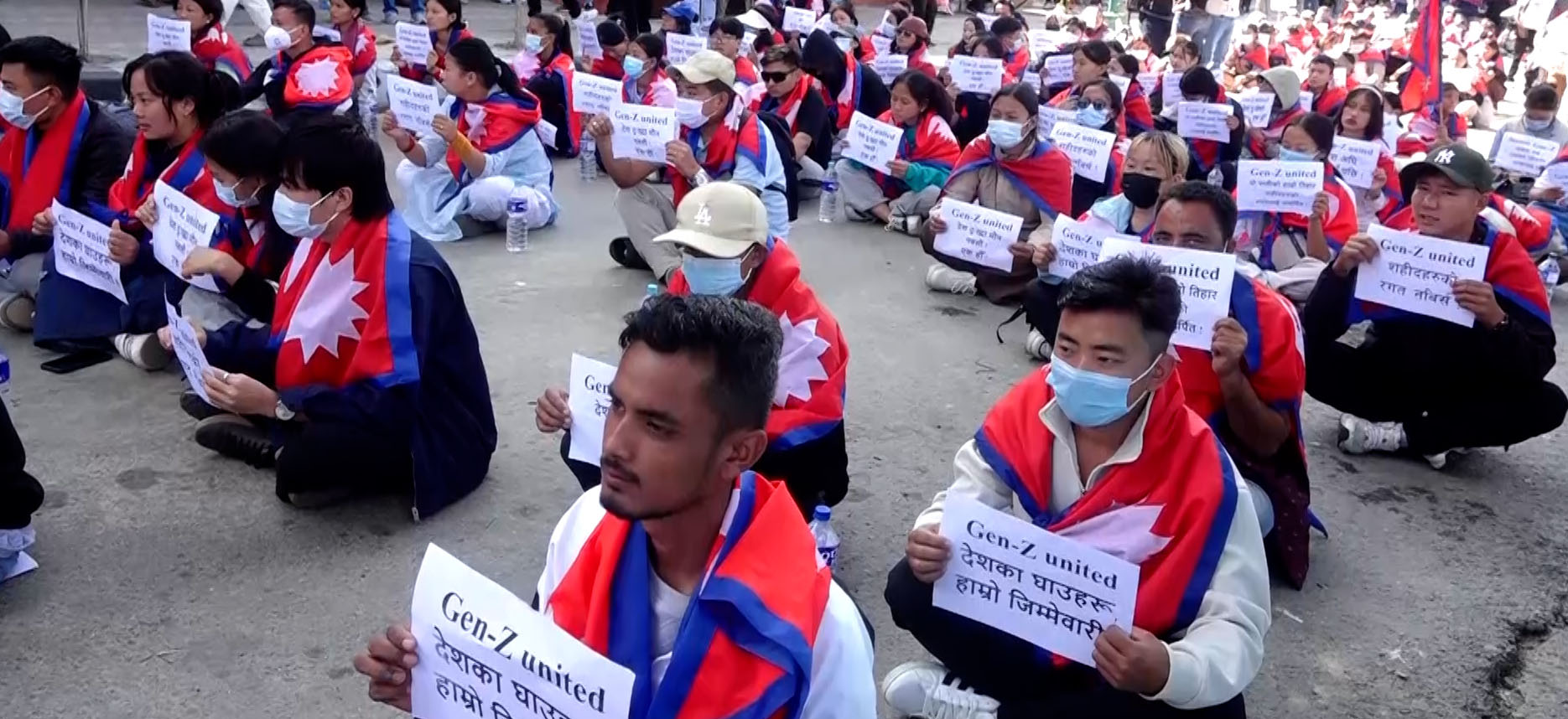
Comments:
Leave a Reply